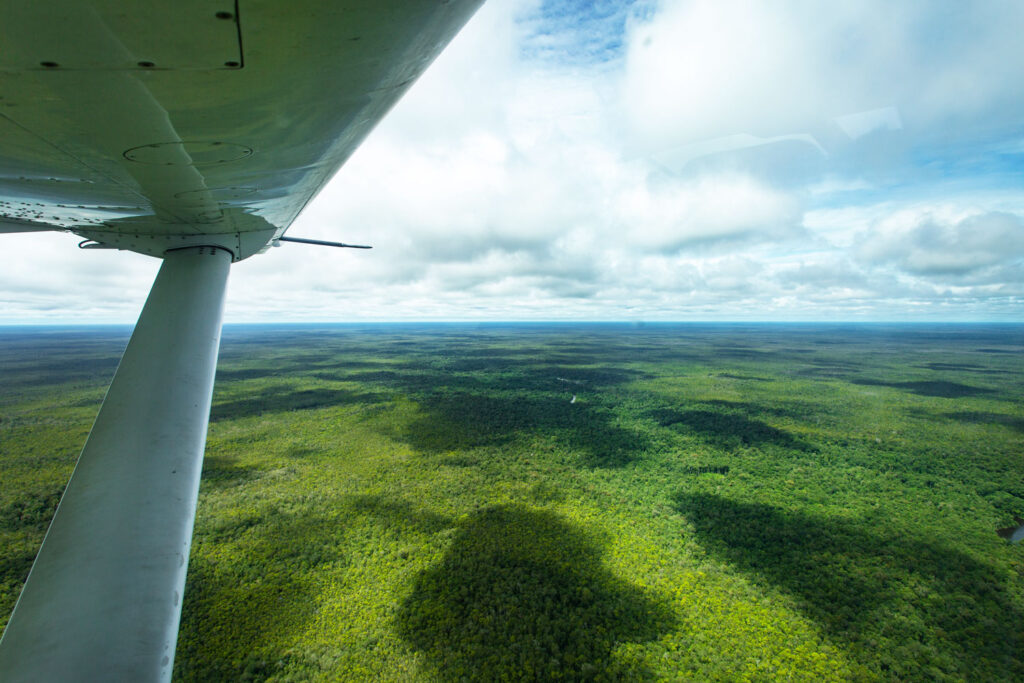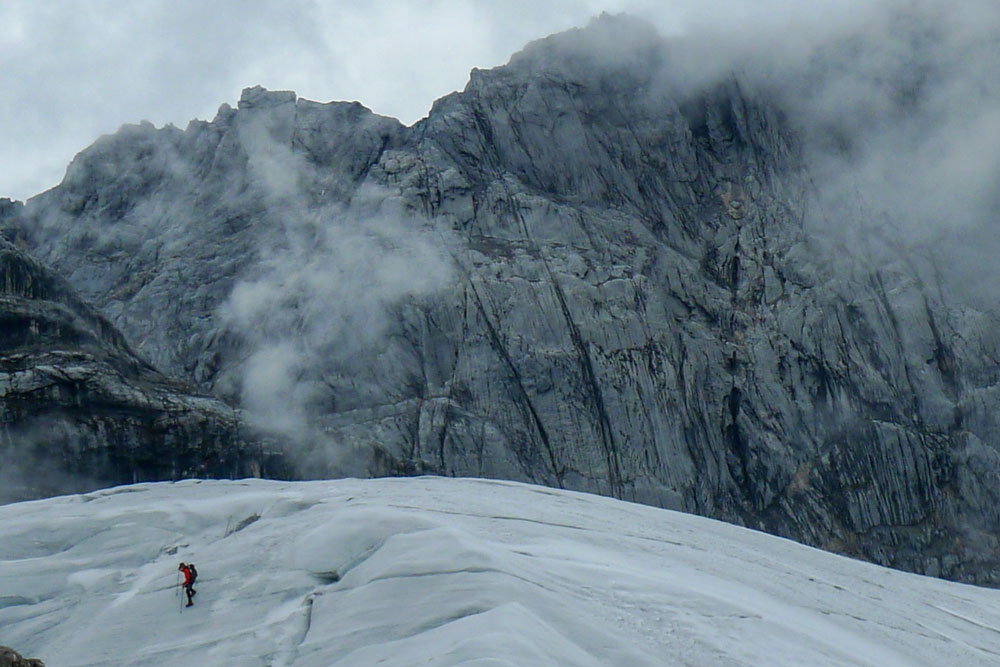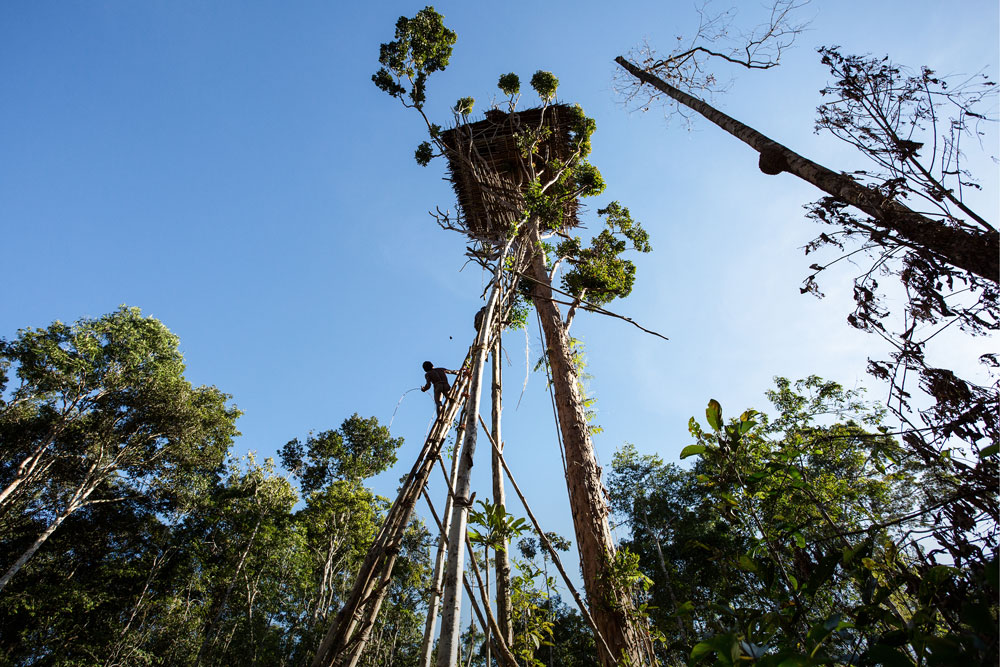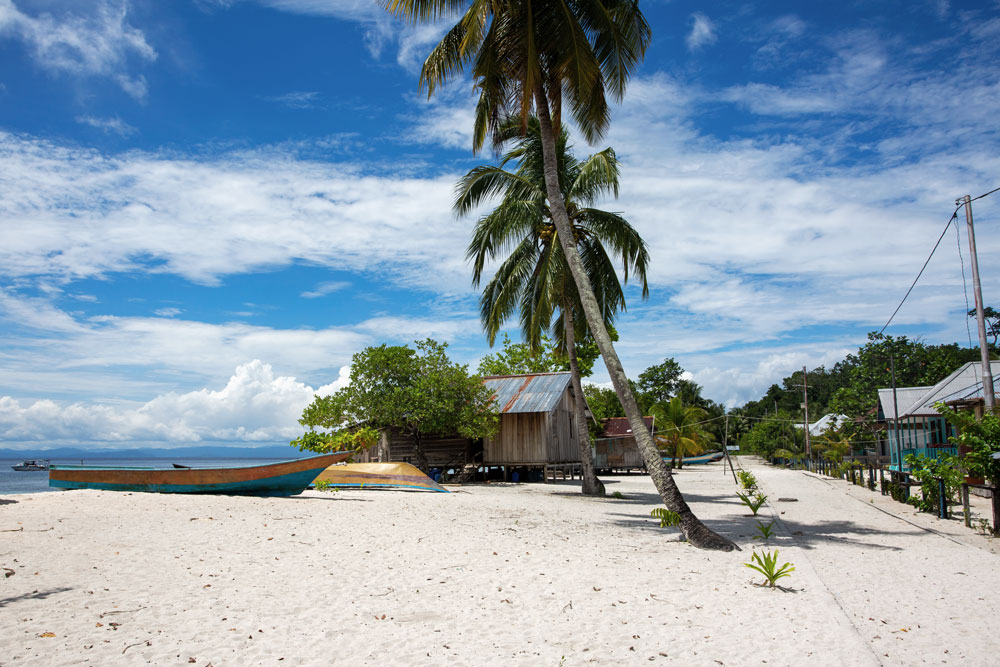The Papua Blog
Papua in figures
A random mix of interesting facts and figures
Words and photos by Marc Weiglein
The following facts and figures are a good way to understand how big, diverse and unique Papua is. Of course, we have tried to make this short read as entertaining and informative as possible.
For example, did you know that there are over 700 species of birds in Papua? And that one of them, the Superb Bird of Paradise, is the blackest creature on earth? It is so black that a photo of it will always be blurry because not enough light is reflected from its feathers.
Some of the figures presented are timeless, others may change over time. Unless otherwise stated, our research is mainly based on the numbers for 2021-2022 and in no way claims to be very accurate or precise. As always, do your own research.


GEOGRAPHY
- 420.540 km² (162,370 mi²) is the area of West New Guinea
- 1.200 km (746 miles) is the distance from east to west, and 736 km (457 miles) is the distance from north to south
- 2 Indonesian provinces are located in West New Guinea: West Papua and Papua. The province of Papua is further divided into Papua, Central Papua, South Papua and Highland Papua.
- 10 mountains rise above 4.000 meters (13,123 feet).
- At 4.884 meters (16,025 feet), Carstensz Pyramid is the highest peak in Papua and Indonesia. Remarkably, this mountain is counted among the prestigious Seven Summits of the world.
- In 1962, Heinrich Harrer was the first person to climb the Carstensz Pyramid. It is said to be harder than climbing Everest.
- 3.225 meters (10,581 feet) is the altitude at which Lake Habbema is located. It is the highest lake in Papua and Indonesia, and its surroundings have a unique flora and fauna adapted to the high altitude environment.
- 1.500 islands make up the Raja Ampat archipelago in West Papua, often described as the last paradise on earth.
- 4.380 km (2,720 miles) is the distance between the capital, Jakarta, and the city of Jayapura, the main port of entry into Papua.
- 5 hours is the average flight time from Jakarta to Jayapura, which is about the same time as a plane ride from Toronto to Mexico City, or from London to Cairo.
DEMOGRAPHY
- 5.000.000 is the estimated population of Papua, with about half of this population being indigenous Papuans.
- 10 inhabitants per square kilometer characterize Papua, creating a vast land with scattered populations.
- Around 350,000 people live in Jayapura, the biggest and most important city.
- Over 300 distinct languages are spoken in Papua. This diversity is due to the presence of numerous ethnic tribes, each with its own language and cultural characteristics. FYI : The official language is Indonesian.
- 28% is the adult illiteracy rate
- 85% is the school enrolment rate for children aged 7-15. This rate drops to 67% for adolescents aged 16-18
HISTORY
- In 1526, New Guinea was discovered by Portuguese explorers, and in 1545, it was officially mapped for the first time.
- In 1848 the border between Dutch New Guinea and British New Guinea was informally drawn based on agreements between the respective colonial powers. The area was divided along the 141st meridian east longitude, which is approximately the current border between Indonesia’s Papua and West Papua provinces and Papua New Guinea.
- In 1963 Dutch New Guinea was officially handed over to Indonesia.
LIVING CONDITIONS
- 40 meters is the height that some Korowai tree houses can reach
- 24% of the roofs of houses in Papua are still made of sugar and sago palm fiber. Other important roofing materials are grass, and pandanus leaves.
- 3% of houses are built with bamboo walls.
- 20% of households have sand floors
- 15% of households have access to public electricity


SHINY THINGS
- The world’s largest gold mine is situated in the Mimika region near the town of Timika.
- The second-largest copper mine globally is also located in the Mimika region.
- Bitcoin mining has not yet been established in the region.
WILDLIFE AND FLORA
- Over 30 million hectares of forest cover the surface of West New Guinea. This is more than three-quarters of the land area, making it one of the most forested regions in the world.
- Over 20.000 plant varieties can be found in Papua, underscoring its remarkable biodiversity.
- 3.000 types of orchids but who is counting !
- Over 700 varieties of birds, including about 60 endemic species. The blackest creature on earth, the Superb Bird of Paradise, has his home in the Papuan highlands. Some other birds are poisonous and only licking their feathers will make your mouth burn.
- 100 different frog species
- 140 lizard varieties
- 75 snake species
- Over 500 species of coral in the Raja Ampat archipelago
- Over 1.400 different species of coral reef fish in Raja Ampat
- 700 types of mollusks in Raja Ampat alone
That is it, a very short and inaccurate list of facts and figures about Papua. Of course, there are many more interesting things to learn and know about this mesmerizing island. You should come for a visit and do your own research. We can bring you there.

